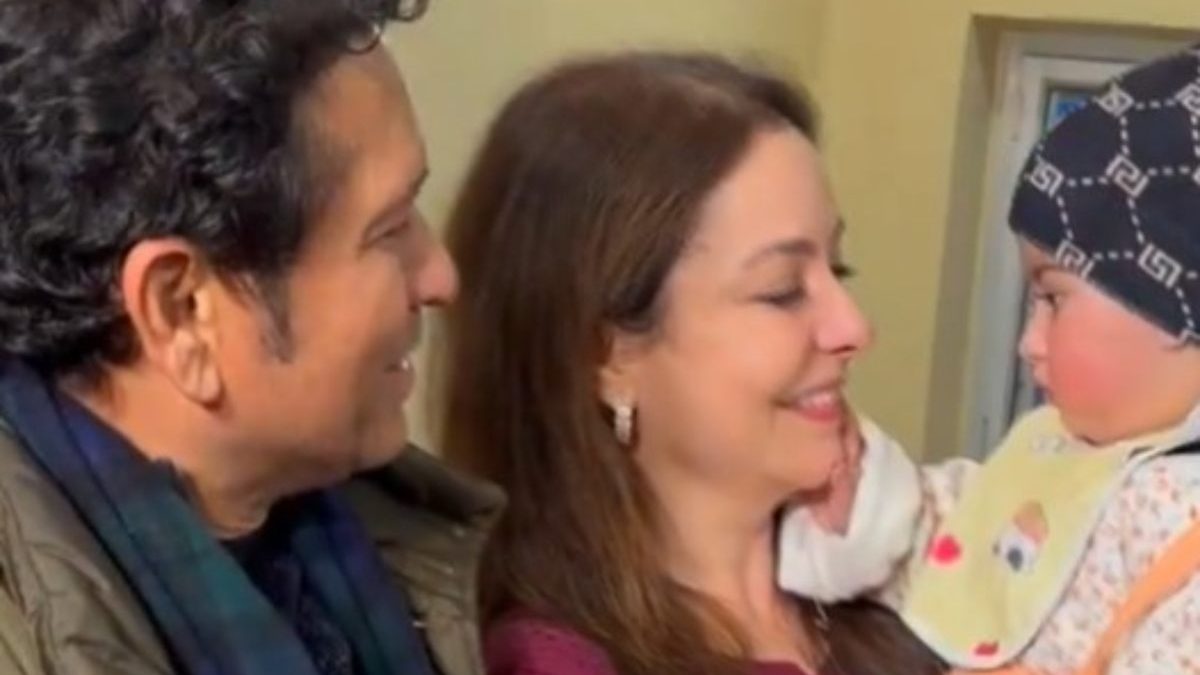A teenage labourer from north Indian state of Bihar has become the unlikeliest addition to the never-ending horror of pellets in Kashmir. The victim, Mohammad Shahanbaj, 17, a resident of Bihar, was caught in clashes between anti-government protesters and security forces in south Kashmir last week, resulting in pellet injuries to his eyes.
According to sources, the victim has suffered “varying scale of damage” caused by the metallic balls in both his eyes which are going to be operated by doctors. The victim came to Kashmir earlier this month along with three others from his village and they were putting up in a rented room in Bellow village of the restive south Kashmir’s Pulwama district.
Last Friday, after offering the congregational afternoon prayers, Shahanbaj, left his rented accommodation in Pulwama when he was asked by his friend to accompany him to the market to collect ration. When Shahanbaj reached there, he found a large group of protesters being chased by police amid clashes and sloganeering.
After the killing of Ansar Ghazwat-ul-Hind chief Zakir Musa, scores of people were injured in government forces’ action to quell protests at several places in the Kashmir Valley. Hundreds have been injured since then as at least two encounters were foiled by protesters in southern Kashmir’s Pulwama and Shopian districts.
“He ran away from the crowd and sheltered himself behind the shop,” said Mohammad Shahwaj, his brother, in Bellow village. “But when he came back, the forces fired directly at him. He was hit by pellets in both eyes.”
Musa, the most wanted militant in Kashmir, was killed in a gunfight with government forces recently in Dadsara village of Tral in south Kashmir. Since then, anti-India and pro-freedom protests and gunfight have continued in both north and south Kashmir. On Thursday, two militants were killed in Sopore area of north Kashmir.
A resident of Patharaha, Ghurna in Araria region of Bihar, the 14-year-old was shifted to Pulwama hospital by the locals of Pulwama who found him lying semi-conscious. According to doctors, he remained unidentified till the time his fellow labourers from Bihar started searching for him.
“They found him on a hospital bed here. A Kashmiri family, where he was living on rent, took care of him during his stay at a Srinagar hospital till the time his brother Shahwaj arrived from his home,” a doctor at Pulwama hospital, where the victim was initially referred, said.
The pellet shotguns have blinded hundreds of youngsters in recent years, yet the government has done little to take corrective measures, despite calls for banning the weapons that are traditionally used in bird hunting.
The rampant use of pellets as a crowd control weapon, especially since the 2016 mass uprising in the aftermath of the killing of Hizbul Mujahideen commander Burhan Wani, has become a focus of public anger in Kashmir. Introduced by the Omar Abdullah administration at the peak of the 2010 protests, the shotguns have become synonymous with the horrors of the Kashmir conflict.
According to doctors at the tertiary care SMHS hospital in Srinagar where the majority of the pellet victims with eye injuries are treated, more than 1,500 patients have been treated at the hospital’s ophthalmology department since 2016.
“These patients have a varying degree of injuries with many of them facing a loss of vision in one or both eyes. Because the metallic balls tear through the eyes, they damage the optic nerve, making it difficult to regain the vision,” said a senior doctor at SMHS’s ophthalmology department.
Global human rights groups, as well as the independent rights activists based in Kashmir, have repeatedly urged the state administration to ban the use of the shotgun. But, in absence of any “effective” crowd control weapon, the pellet horror continues in Kashmir.
The victims of pellets in Kashmir have also formed an association to press the state government to abandon the use of the deadly weapon which sparked the ‘epidemic of dead eyes’ in 2016.
“If I tell my parents about his situation, they will die of shock,” Shahwaj said, “He can only see five percent with his left eye. He has lost the sensation of colour. Doctors are not hopeful. He is being operated on Monday and we don’t have much money for his treatment.”


)




)
)
)
)
)
)
)
)